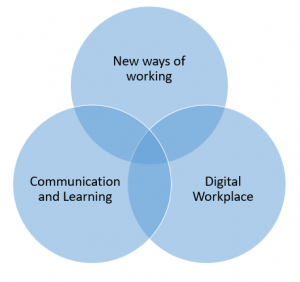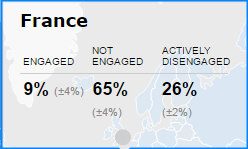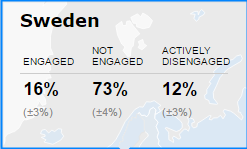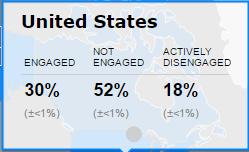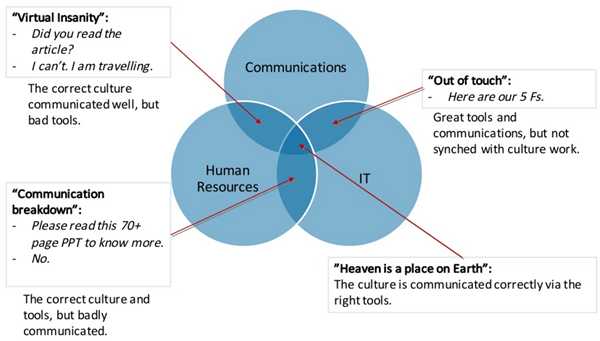Disengagement at work is a real and big problem for companies. According to Gallup’s 2011-2012 numbers, only 13% of employees worldwide are engaged in their jobs. The rest is either Non-engaged or Actively disengaged.
Gallup’s definitions of these groups, featured Gallup’s definitions of these groups, featured in Harvard Business Review (HBR) here, are:
- “Engaged employees work with passion and feel a profound connection to their company. They drive innovation and move the organization forward.”
- “Not engaged employees (we use “unengaged” on our map) are essentially checked out. They’re sleepwalking through their workday putting time — but not energy or passion — into their work.”
- “Actively disengaged employees aren’t just unhappy at work; they’re busy acting out their unhappiness. Every day, these workers undermine what their engaged coworkers accomplish.”
According to the map provided via the HBR article above, the figures are quite astounding (here are three examples):
In Sweden, this would mean that on average about every 6th person you meet is engaged, drives innovation and moves things forward. The absolute majority (3/4 of all) are just there to pick up the paycheck by doing an ok job and are basically sleep walking. Finally, about every 10th person you meet are unhappy and shows this actively in action and spirit by destroying the morale and business of others. Of course, this varies strongly between companies. None the less, these figures are alarming.
Disengagement at work is not only annoying and sad. As Stephan Schillerwein noted, also the productivity loss due to active disengagement is huge:
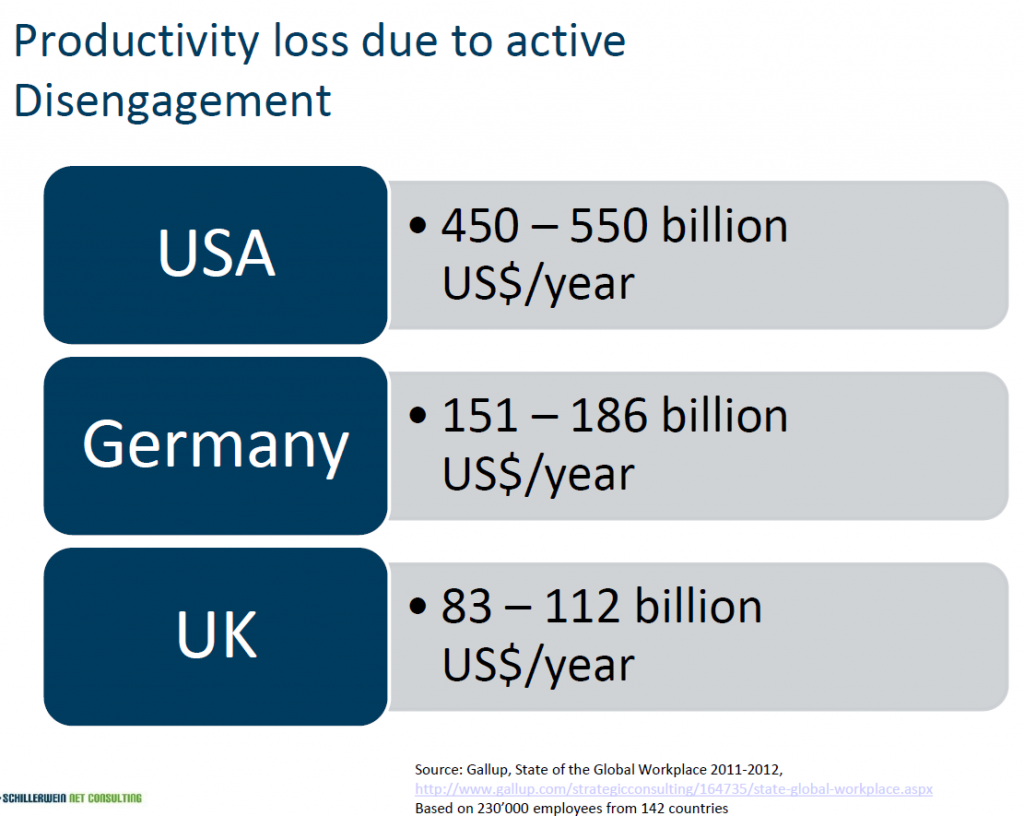
Also, as Chris McGrath and Ephraim Freed pointed out in their Social Intranets and Employee Engagement, the level of engagement has real business impacts:
Top-quartile companies have 37% less absenteeism, 25% to 49% less employee turnover (depending on the type of organization), 27% less shrinkage (employee theft), 18% higher productivity and 16% higher profitability.
Using the intranet to create engagement
We who are in charge of an intranet and other digital workplace tools must do what we can here. If we can help decrease absenteeism, decrease big turnovers, and increase productivity and profitability, we are sure doing a good thing.
To get started, we can look at Harvard Business Review’s Achievers Report. Here, they asked 550 executives to rate the importance of different activities on employee engagement. Some of the actions that were most important were:
- Business goals communicated company-wide and understood
- Senior leadership continually updates/communicates strategy
- Recognition given for high performers
- Individuals have clear understanding of how job contributes to strategy
This also goes fully in line with what Nonlinear Enterprise reported in their excellent article How to improve employee engagement with a great intranet:
… but virtually all of these studies agree that employee engagement increases when three things happen:
- Employees clearly understand how their job contributes to the corporate mission – how they can personally make a difference
- High performers are publicly recognized for their efforts
- Leadership closes the loop, providing frequent, transparent updates on the success of corporate initiatives and changes in corporate strategy
Nonlinear Enterprise then goes on to mention three tactics we can use today to improve employee engagement:
- Make celebration special, and clearly recognize when people are doing a great job.
- Show how the contributions from individuals really matter when achieving the goals.
- Clearly show the status of the company for all employees to see if what we are doing now is leading us closer to, or further away from, the goals.
Here, I would also add what Newsweaver mentioned in their 10 quick tips to improve employee engagement on your intranet:
Ensuring the intranet is accessible to remote workers. If you want all employees to use the intranet, then it must be mobile-enabled so they can access it wherever they are. Don’t cut corners in your mobile design. It is frustrating for those working remotely to not have access to the full functionality of the intranet – and gives them a reason to not use it.
In companies with a lot of production workers and traveling staff, we sure need to reach them with the celebrations, company goals, and strategies.
To conclude, low engagement is a real threat to companies and we need to deal with it constructively. Make sure you also use the intranet to:
- Display and describe the company strategy and goals on your intranet, and keep them updated.
- Make sure each individual understands and sees how they as individuals plus their departments and teams contribute to the bigger picture.
- Praise people in front of others, and have them share successful stories with others.
- Enable access for all employees, no matter where they are.
We will continue this journey, and look forward to hearing more about how others succeed.


